History of the Earth
Francois Farges © MNHN Collection
Meteorite “pallasite” showing peridots. Springwater, Saskatchewan, Canada. MNHN Collection, Paris.

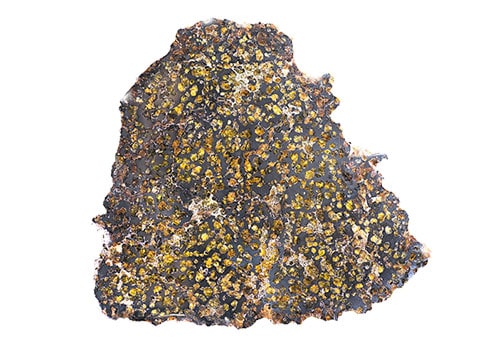
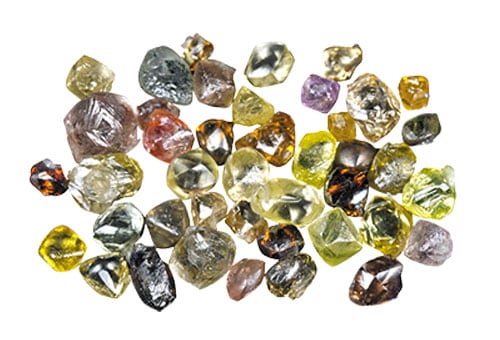

Pressure
Francois Farges © MNHN Collection
Misc fancy diamonds (31 carats). Cullinan and Kimberley, South Africa.
Gifts of R.I., Bischoffsheim, 1889 and L. Taub, 1890.
MNHN Collection, Paris.
Temperature
Francois Farges © MNHN Collection
Rubellite crystal (group: tourmaline, species: elbaite). Pala, California, USA. Gift of J. Pierpont-Morgan, 1905. MNHN Collection, Paris.

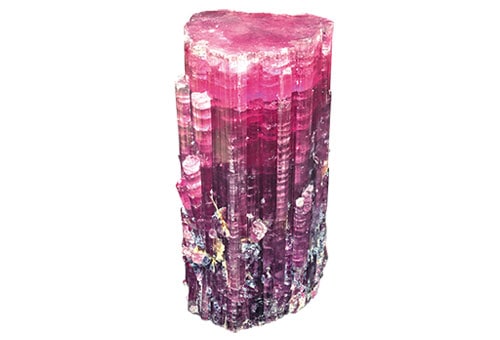
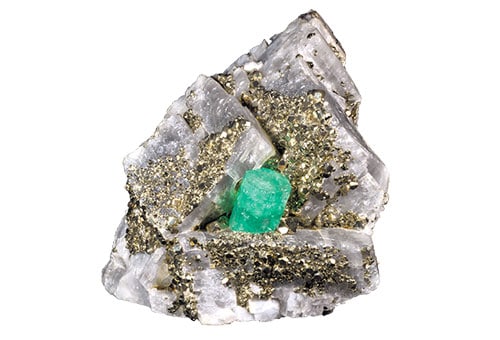

Transport
Francois Farges © MNHN Collection
Emerald crystal on pyrite and calcite (possibly reconstructed). El Chivor, Boyacá, Colombia. Gift of H.-J. Schubnel, 1987. MNHN Collection, Paris.
Water
Francois Farges © MNHN Collection
Amethyst gem crystals. Las Vegas, Veracruz, Mexico. Gift of the Total Foundation, 1998. MNHN Collection, Paris.

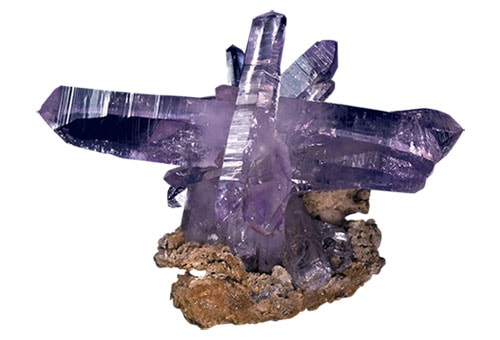
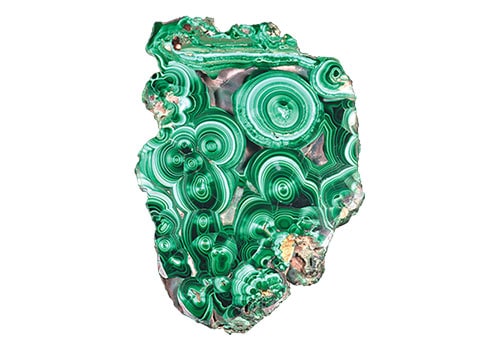

Oxygen
The production of oxygen by living organisms, particularly in oceans, has enriched the Earth’s atmosphere, and oxygen has deeply modified the mineralogy of the Earth’s surface by producing a huge amount of “new” minerals. Among them, two are fine gems: malachite and turquoise. Both are coloured by an oxidized form of copper that can only be found on the Earth’s surface.
Francois Farges © MNHN Collection
Malachite (cut and polished). Tourtscheninowski, Ural Mountains, Russia. Former collection of the King’s Cabinet of Natural History, MNHN Collection, Paris.
Life
For 3.5 billion years, life has deeply modified the Earth’s surface. Not only have some organisms synthesized oxygen, but many have also produced shells and skeletons. These are formed by “bio-minerals”, meaning minerals produced by living organisms. They include ivory, coral, pearls and mother-of-pearl, among many others.
Francois Farges © MNHN Collection
Oyster shell with two fine pearls, Queensland, Thursday Island, Australia. Gift of J. Pierpont-Morgan, 1903. MNHN Collection, Paris.

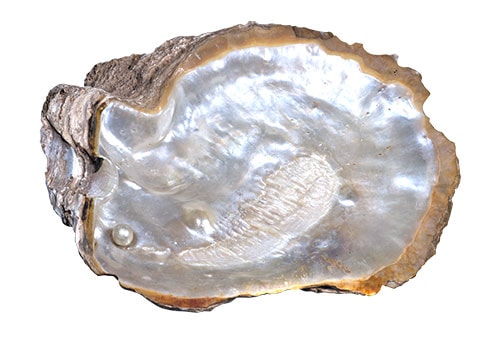
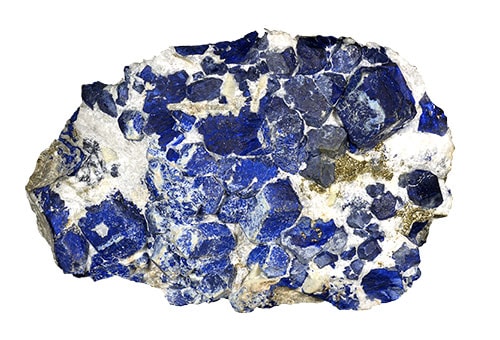

Metamorphism
With fossilization, the Earth’s materials are buried back at greater depths. Little by little, mineral accumulations are subjected to increases in pressure and temperature, inducing recrystallization: this is called metamorphism. Metamorphism can also take place when two continents collide together. This is how the rarest Mogok rubies formed, based on limestone deposited within a lost ocean.
Francois Farges © MNHN Collection
Lazurite crystals in white marble.
Sar-e-Sang, Badakhshan, Afghanistan. MNHN Collection, Paris.
